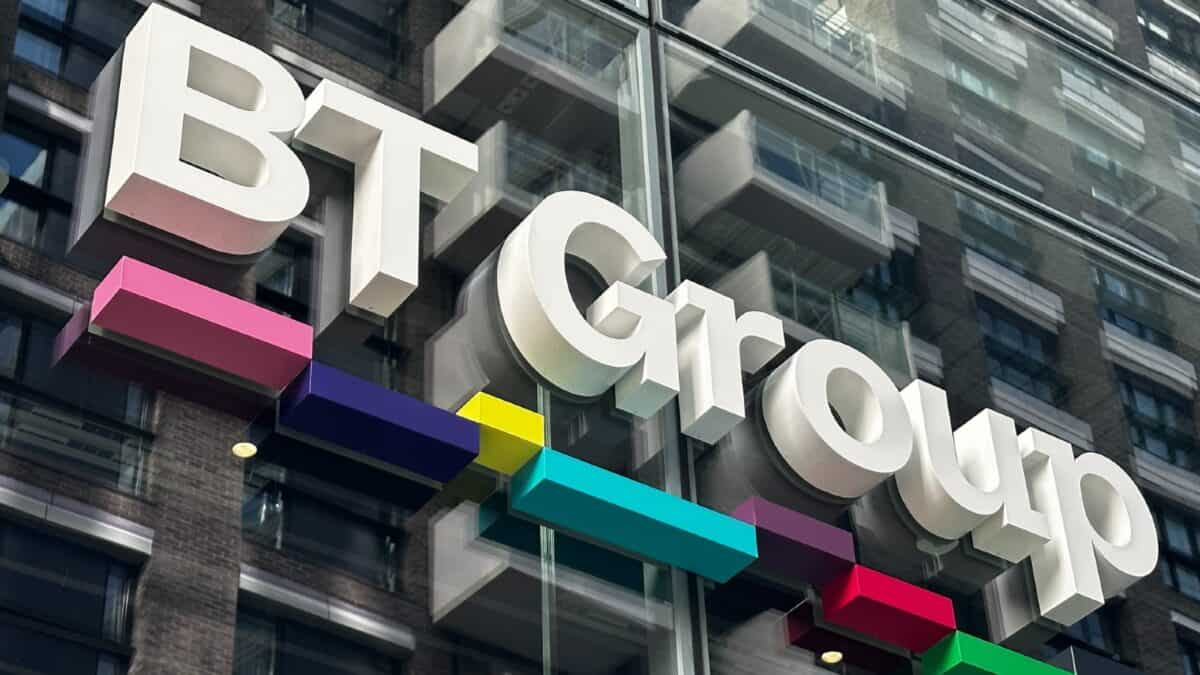Image source: Getty Images
A high dividend yield is the most important thing to check when choosing shares for income, right? Not exactly. The thing about a yield is that it can be attractive for precisely the wrong reasons. If the share price falls and dividend payments remain stable, the yield naturally goes up. Suddenly, a 5% yield becomes a 10% yield — great news!
Except the real news could be that the share price just fell 50%. Of course, if the company actually doubled the annual dividend payment then this is great news. So it’s important to check.
It also makes sense to gauge the underlying fundamentals of the business to see if it’s reliable. There’s nothing worse than investing in a high-yield stock only to have the dividends cut because of weak earnings. It’s also worth checking the ex-dividend date. A closer date reduces the chances of anything dire happening before payment.
With all that in mind, I’m considering the prospects of a high-yield FTSE 250 stock.
The specialist banking group
OSB Group‘s (LSE: OSB) a financial services business. It provides specialist mortgages and retail savings accounts via its various subsidiaries, including Kent Reliance, Precise and Charter Savings Bank.
The high yield makes it look like a great income earner but, as I noted above, the high yield is the result of a falling price. A reduction in margin guidance in August led to a 25% drop in price, hiking the yield from 6% to 8.5%.
The H1 2024 results revealed underlying profit before tax more than doubling to £249.9m and 15% growth in its net loan book. There was an 18% rise in underlying return on equity and it announced a £50m share buyback programme.
So is it worth investing in?
Recent dips aside, the price has been relatively stable for the past five years. It’s suffered some volatility lately but mostly held a position between 400p and 500p. Growth has been slow but that’s typical of companies that aim to deliver value via dividends.
One promising metric is the trailing price-to-earnings (P/E) ratio of 3.8. This too has dipped along with the falling price, coming down from 7.3 in June. So it could be a potential bargain right now. That is, assuming it’ll go up again.
According to several analysts evaluating the stock, that’s exactly what they expect to happen. Their average 12-month price target is 547p — a 43% rise from the current price! And based on future cash flow estimates, the stock’s undervalued by 77%.
My verdict
There’s a strong argument for growth, particularly since the mortgage market’s improving. But keeping in mind that most metrics use trailing data, they’re not a highly accurate indication of what might happen in the future.
The reduced margin guidance is a far more telling sign of future performance — and it’s spooked investors. That could hurt the share price. Still, I feel the high yield makes the shares a worthy investment so I’ve added them to my Buy list for October.
Credit: Source link














